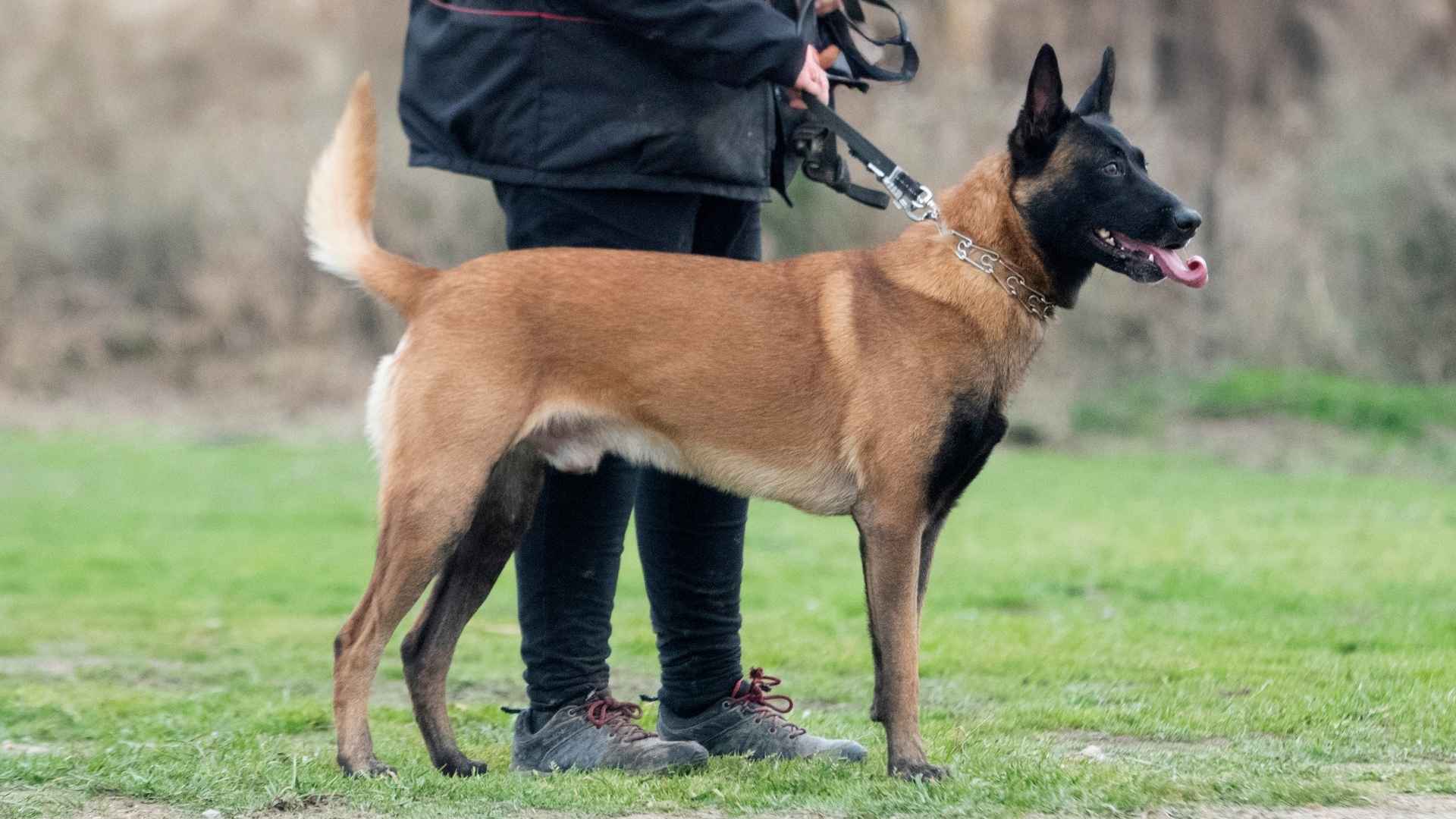Every so often, you hear about dogs behaving like guardian angels—pulling their owners out of harm’s way. But here’s the thing: pulling on the lead isn’t just an instinct—it can be dangerous for both dog and owner. According to research, being pulled over while walking on a leash is the leading cause of non-fatal dog-related injuries, even surpassing bites.
Certain breeds—bred for jobs like tracking, hunting, or protection—are more likely to yank their humans out of danger when a threat looms. Research from the American Kennel Club (AKC) underscores that breed lineages influence behavior patterns, so behavioral tendencies, including pulling or protective instincts, often run within those lineages.
Imagine being on a hike and encountering coyotes or being startled in the dark—dogs bred to hunt or guard can sense a threat faster than humans do. Their impulse to act—sometimes by pulling—can literally save a life. That protective reflex ties into behavior patterns shaped by genetics, training, and bonding.
Dog Breeds That Pull Owners Away From Danger
Here are the 9 breeds:
1. German Shepherd
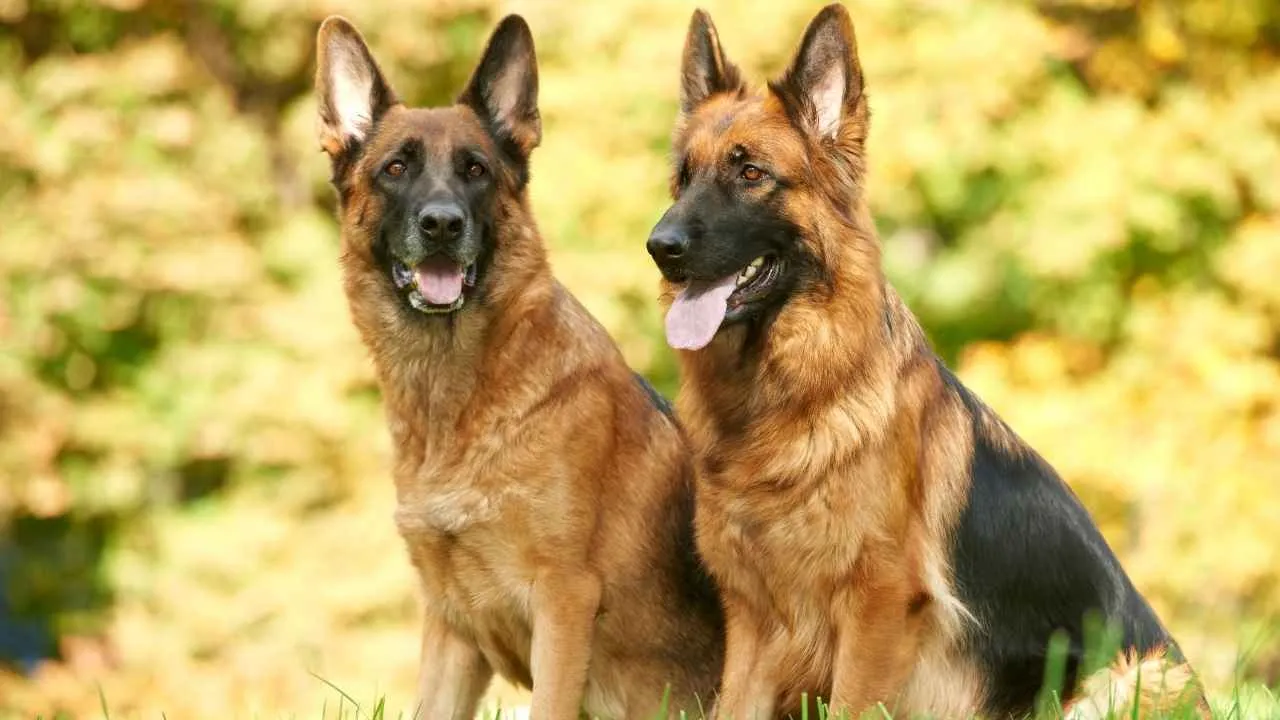
When it comes to dog breeds that pull owners away from danger, few are as instinctively aware and physically capable as the German Shepherd. Originally bred to herd, their natural drive to control movement has evolved into a deep-rooted urge to protect.
Whether it’s pulling their owner away from an approaching threat or reacting to unfamiliar animals near the yard, their responses are quick, calculated, and often lifesaving.

Exceptionally intelligent—ranked third in working intelligence globally.
Naturally alert and aware, making them responsive to subtle cues.
Strong herding instinct, often guiding or nudging owners in crowds or trails.
Muscular build and confident posture act as a visual deterrent.
Among the first ever used as guide dogs for the visually impaired, per PDSA.
Easily trained for advanced tasks like scent tracking and threat detection.
Highly adaptable—thrives in family homes, police units, or search and rescue teams.
2. Bullmastiff
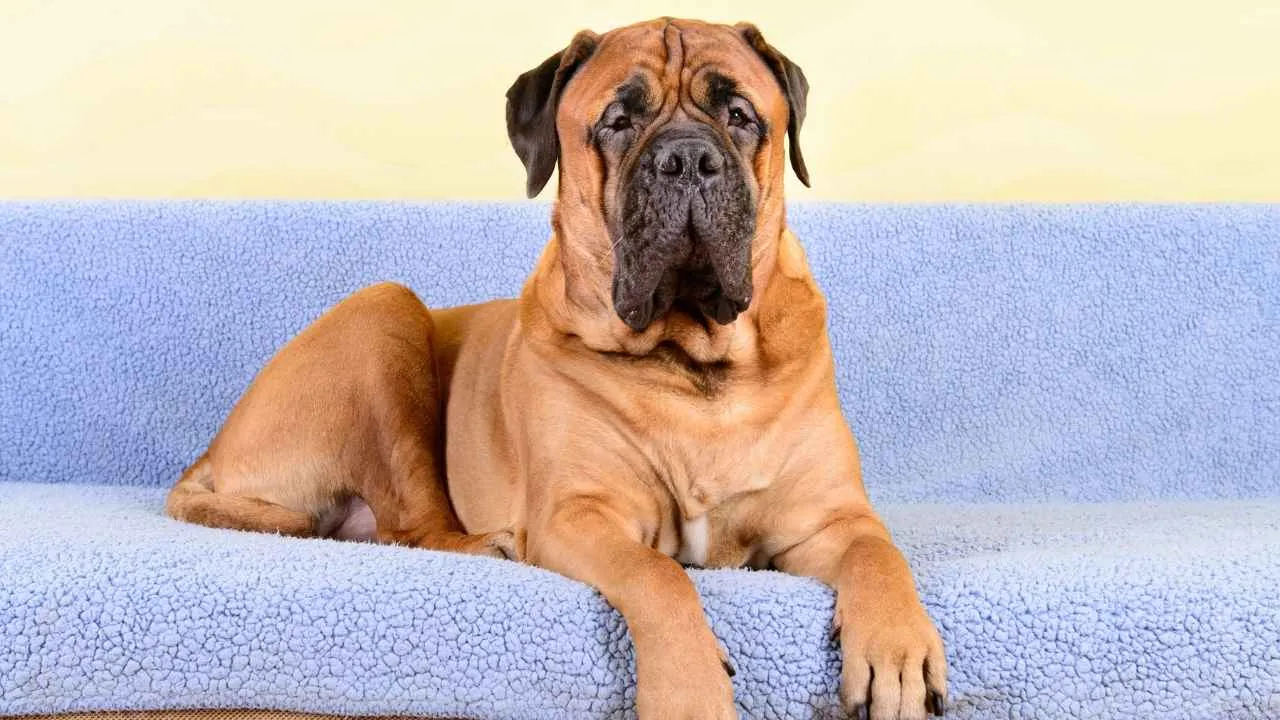
The Bullmastiff isn’t the kind of dog that wastes energy barking at shadows—but when it senses a real threat, it moves with purpose. Originally bred in 19th-century England to track and pin down poachers, this breed learned how to intervene without unnecessary aggression.
It’s not just their size that makes them effective—it’s their judgment. When a Bullmastiff pulls its owner back from the back door or steers them away from a suspicious person on a late-night walk, it’s drawing on generations of instinct honed for subtle protection.
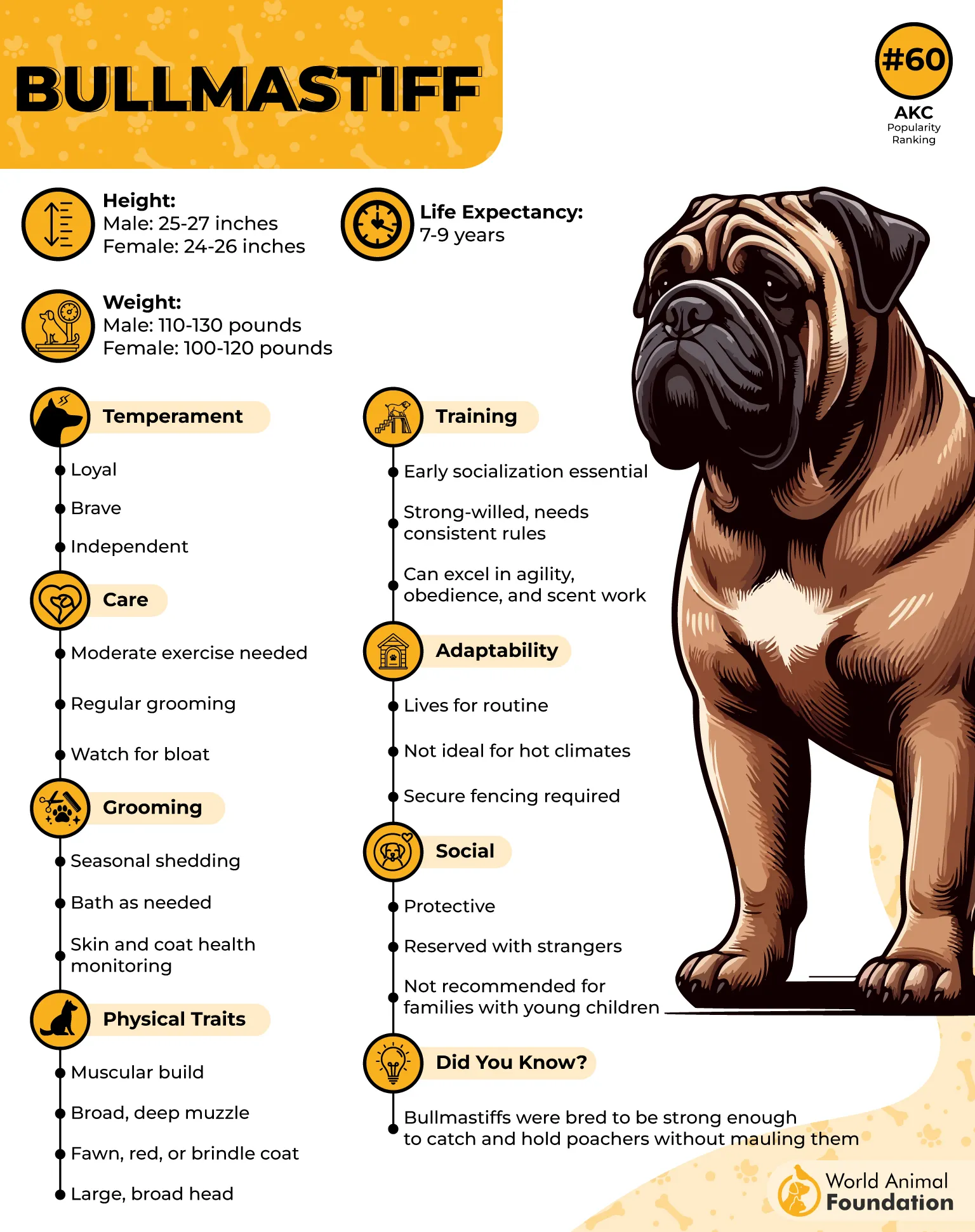
Originally known as the “Gamekeeper’s Dog” for their estate protection work.
Bred to apprehend, not injure—natural guardians with restraint.
A broad, imposing frame deters intruders without needing to act.
Gentle with children and small pets, showing strong loyalty to their pack.
Moderate energy levels—protective without being constantly on edge.
Independent and intelligent, but responds best to confident leadership.
Naturally quiet—doesn’t bark unnecessarily, but acts when it matters.
3. Doberman Pinscher
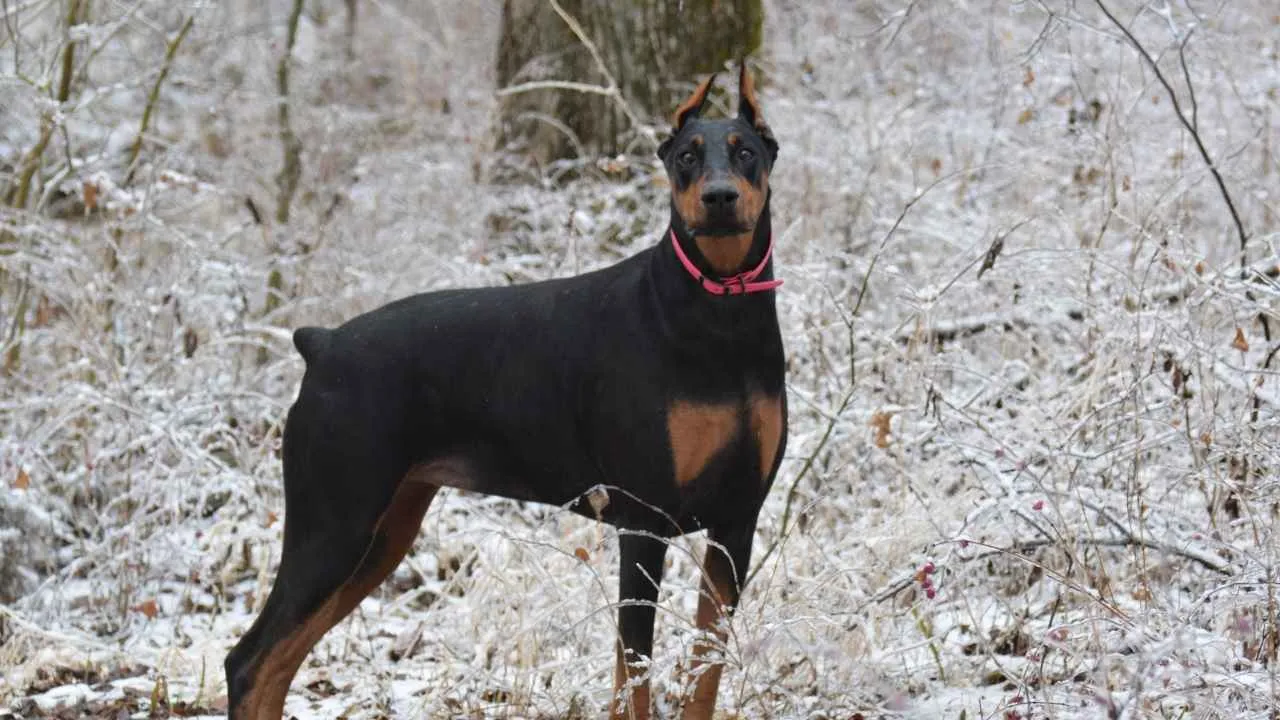
When you see a Doberman Pinscher alert and on edge, it’s not just reacting—it’s calculating. This breed was born for protection. In the late 1800s, a German tax collector named Karl Dobermann needed a fearless companion to walk with him through dangerous territories. He created a fast, focused, and fiercely loyal guardian.
Dobermans are hardwired to sense danger and intervene, not out of panic but out of purpose. For many owners, a Doberman becomes a living alarm system that moves before the threat becomes real.
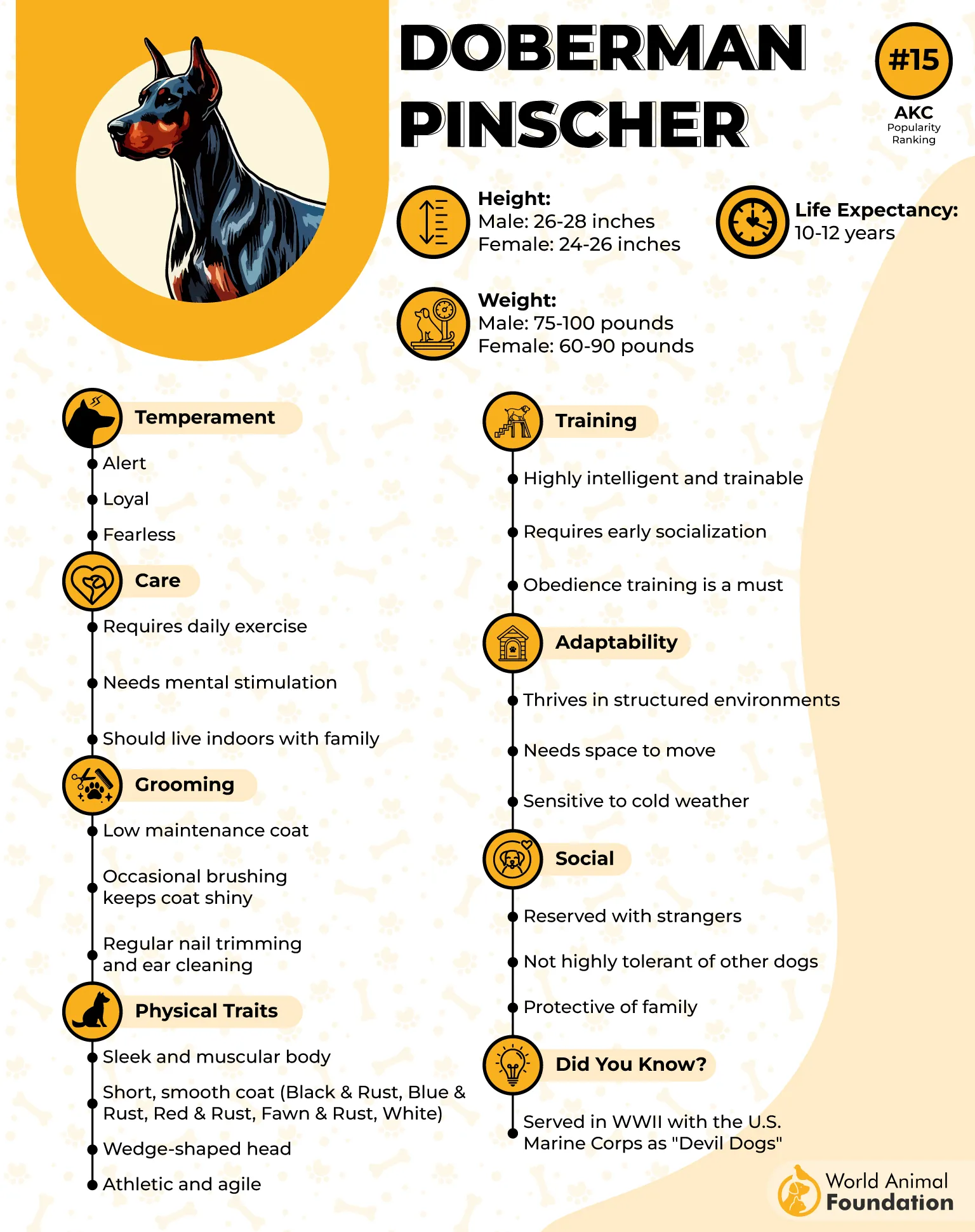
Sleek, muscular build allows them to move quickly and strike with precision.
Used in World War II as scouts and messengers due to their courage and speed.
Highly intelligent, easy to train, and extremely aware of their surroundings.
Naturally born with a long tail and floppy ears—docking and cropping are cosmetic and now banned in many places.
Coat is short and sleek but sheds more than expected—requires occasional brushing.
Available in striking colors: black, red, blue, and fawn, all with rust markings.
4. Belgian Malinois
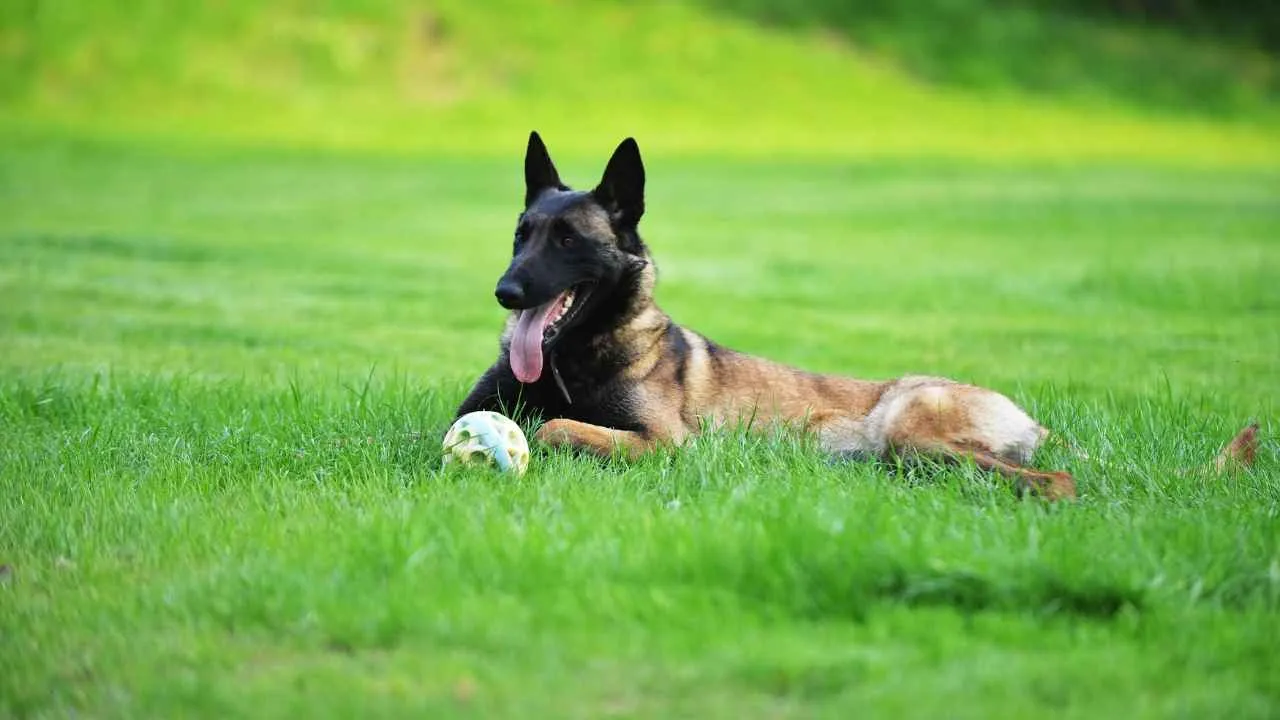
There’s an alert—and then there’s a Belgian Malinois alert. This breed doesn’t just sense trouble; it actively looks for it. Fast, focused, and utterly tireless, the Belgian Malinois was never meant to sit on a couch.
If there’s one dog that will physically pull its owner away from harm without hesitation, it’s this one. Their drive to protect is instinctive, not learned.
Their intense loyalty means they’ll act fast if they sense their human is in danger—whether that’s pulling you back from a threat or standing between you and a potential intruder.
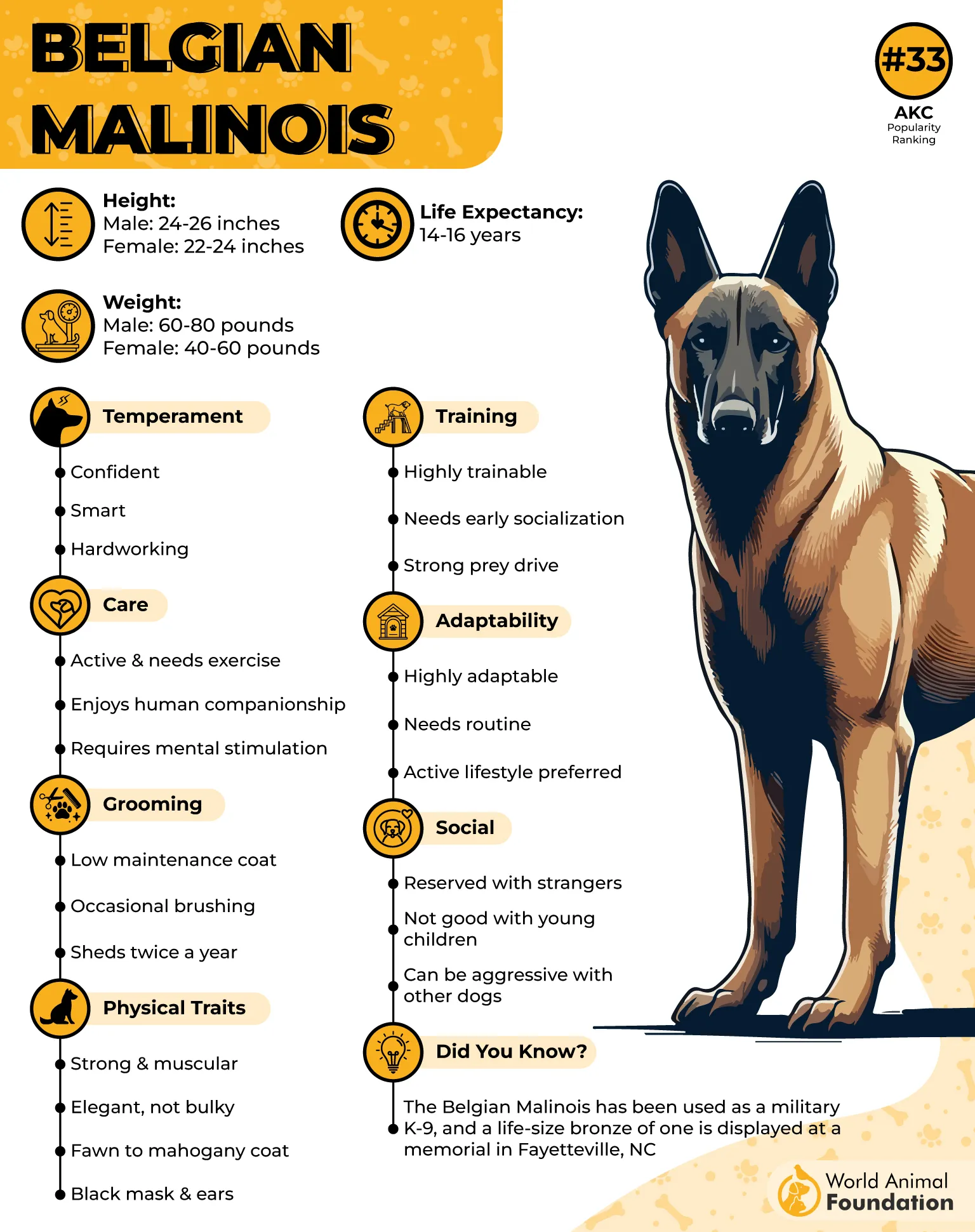
Exceptionally high energy and mental drive—need both physical and cognitive challenges.
Thrive when given purpose: herding, guarding, or search-and-rescue work.
Form intense, loyal bonds—often shadow their humans around the house.
Remarkable endurance—built for hours of nonstop action, not short bursts.
Agile and athletic—can scale fences, leap high, and sprint at astonishing speed.
5. Rottweiler
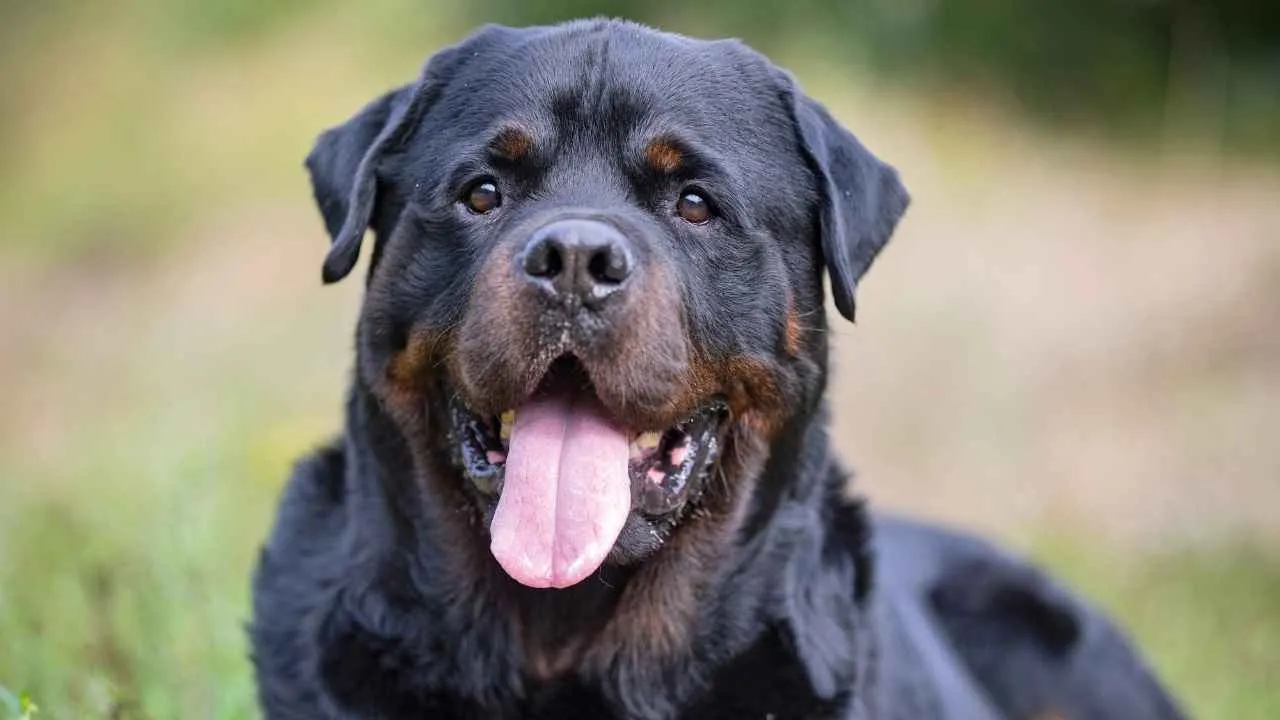
If there’s one breed that can switch from calm companion to fearless protector in a heartbeat, it’s the Rottweiler. With deep roots as a working dog, this breed doesn’t hesitate when something feels off, especially if you’re in harm’s way.
If danger’s nearby, they won’t bark and wait. They’ll move, often pulling their owner to safety or stepping between them and the threat.
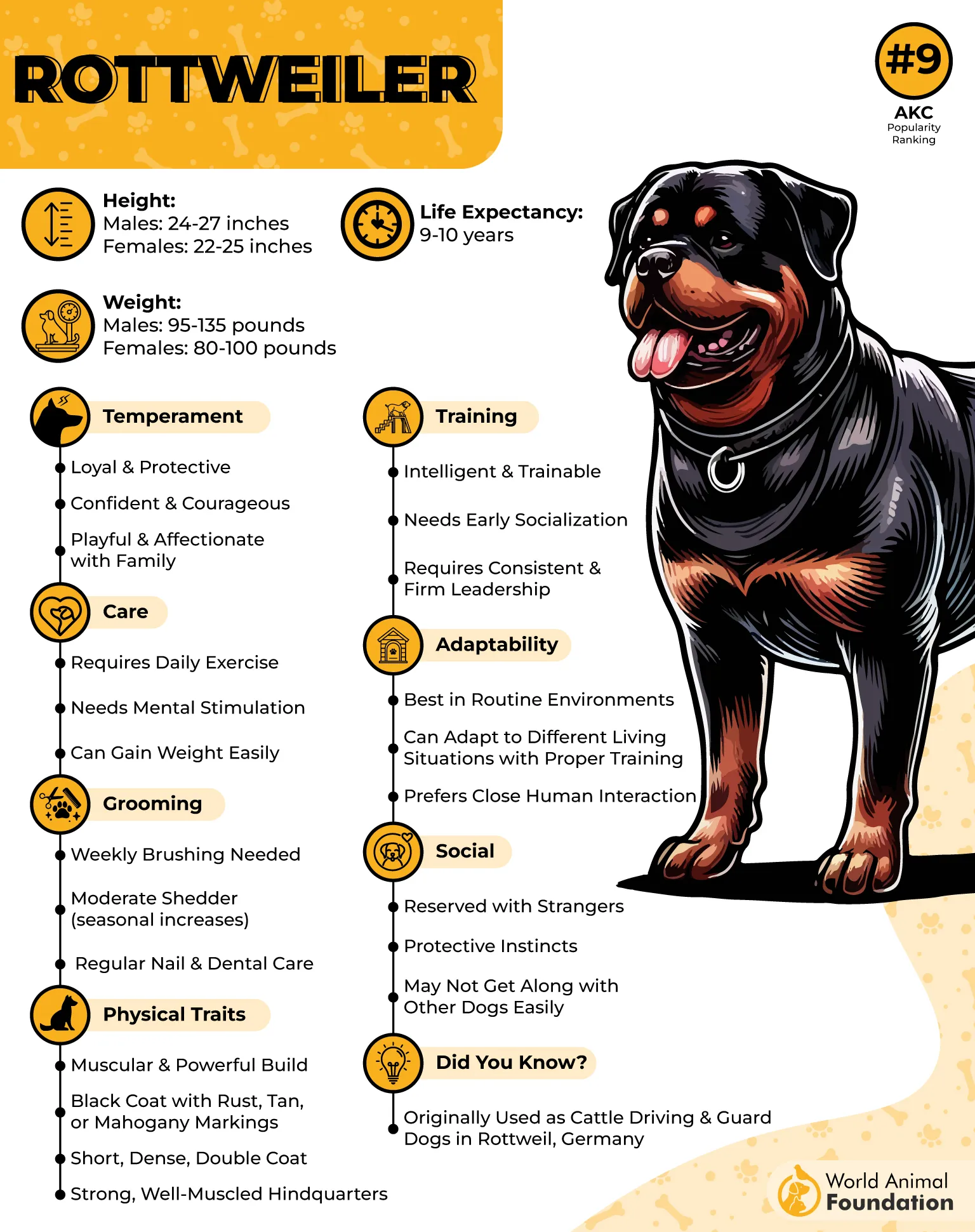
Calm yet commanding presence—responds with action, not panic.
Naturally suspicious of strangers, which makes them excellent watchdogs.
Strong work ethic—excels in cart-pulling, guarding, and modern service roles.
Ancient roots—descended from Roman drover dogs used to guard herds.
Named after the German town of Rottweil, where they were once butcher dogs.
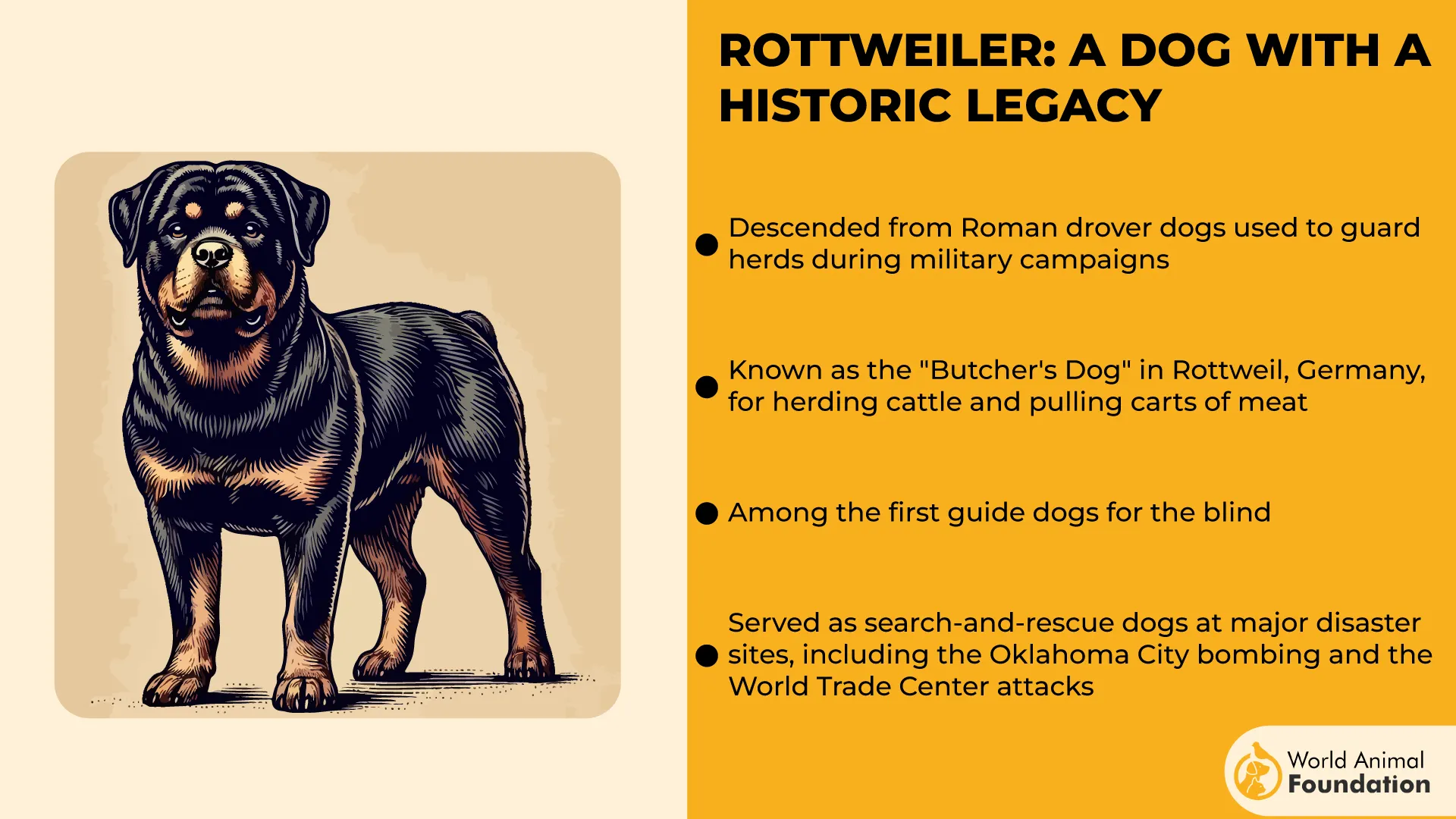
Regained fame as police and military dogs in the 20th century.
Confident but sometimes headstrong—training should be firm, consistent, and early.
6. Cane Corso
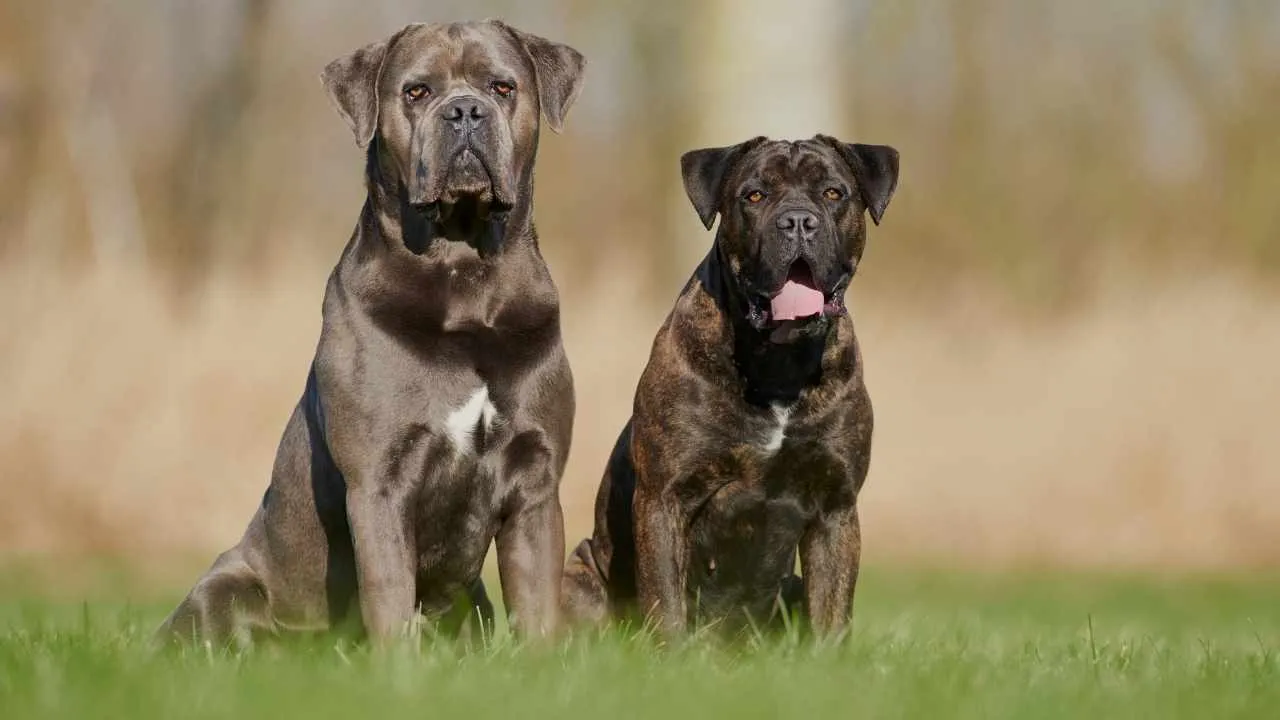
When it comes to calm but commanding protection, the Cane Corso doesn’t mess around. This isn’t a dog that waits for permission.
If it senses a threat, it will act—and yes, that might mean physically steering its owner out of harm’s way. They don’t bluff. They assess, react, and control the situation before most people realize what’s happening.
Their quiet confidence is a big part of what makes them so respected as guard dogs, especially among families looking for both loyalty and real-world protection.
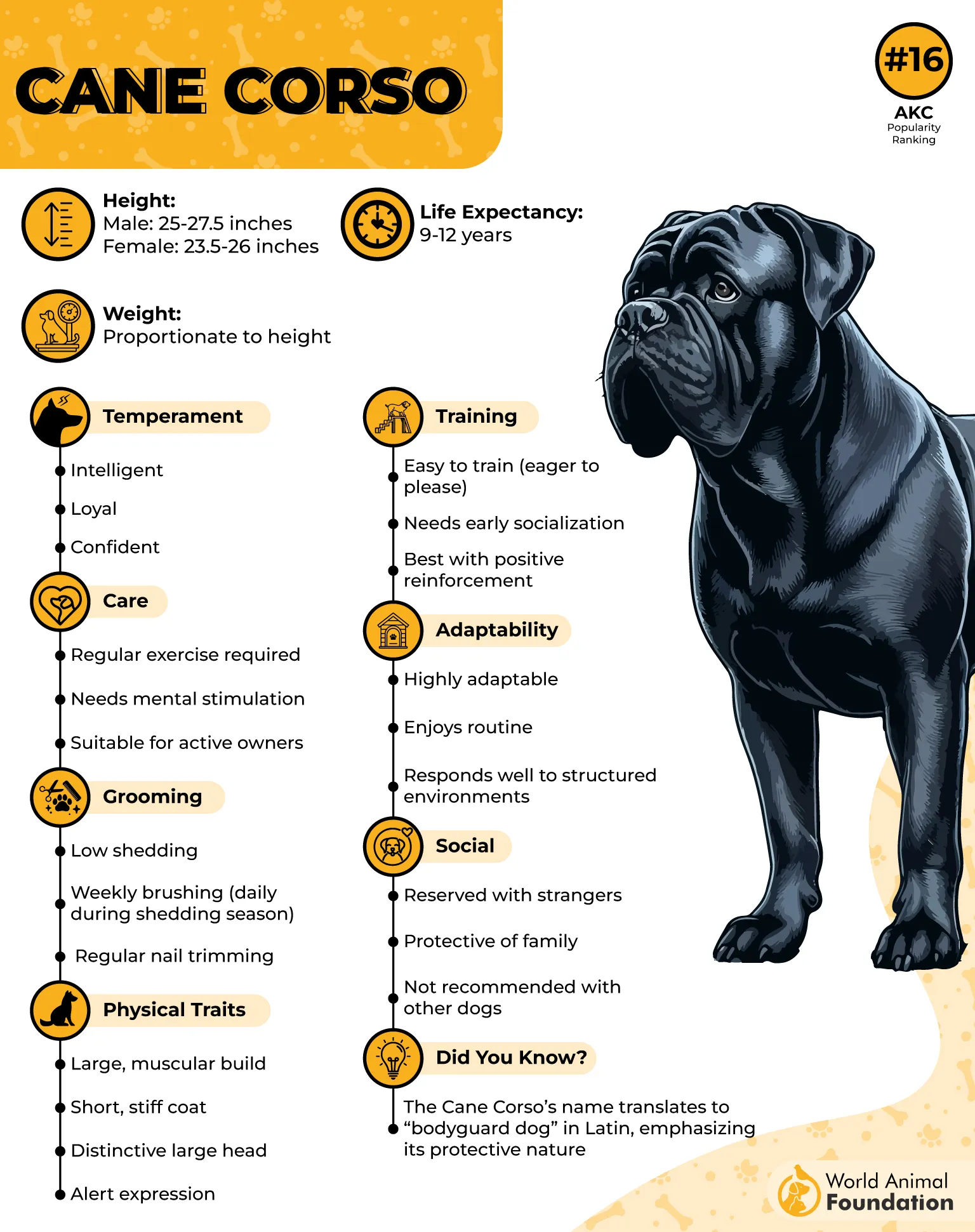
Direct descendants of Roman war dogs—bred for power and presence.
The name comes from “Cohors”—Latin for “guardian of the courtyard.”
Protective without being unhinged—assertive, not aggressive by default.
Known for reading their environment and reacting with precision.
Excellent estate guardians—naturally territorial but deeply bonded to family.
Thrives when given purpose—ideal for experienced dog owners who understand boundaries.
7. Giant Schnauzer
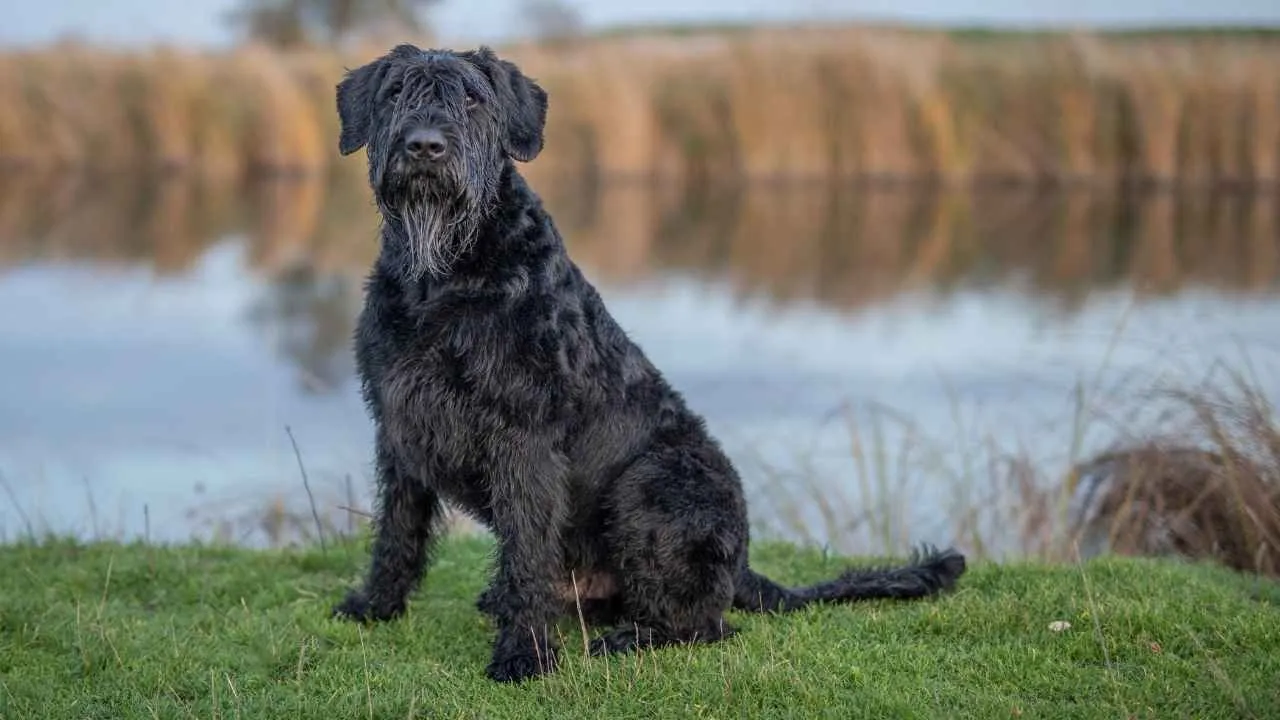
The Giant Schnauzer doesn’t just stand guard—it clears a path. Known for their sharp instincts and unwavering loyalty, these dogs have no problem putting themselves between you and a perceived threat. If danger gets too close, a well-trained Giant Schnauzer won’t hesitate to pull you back or block your movement until the coast is clear.
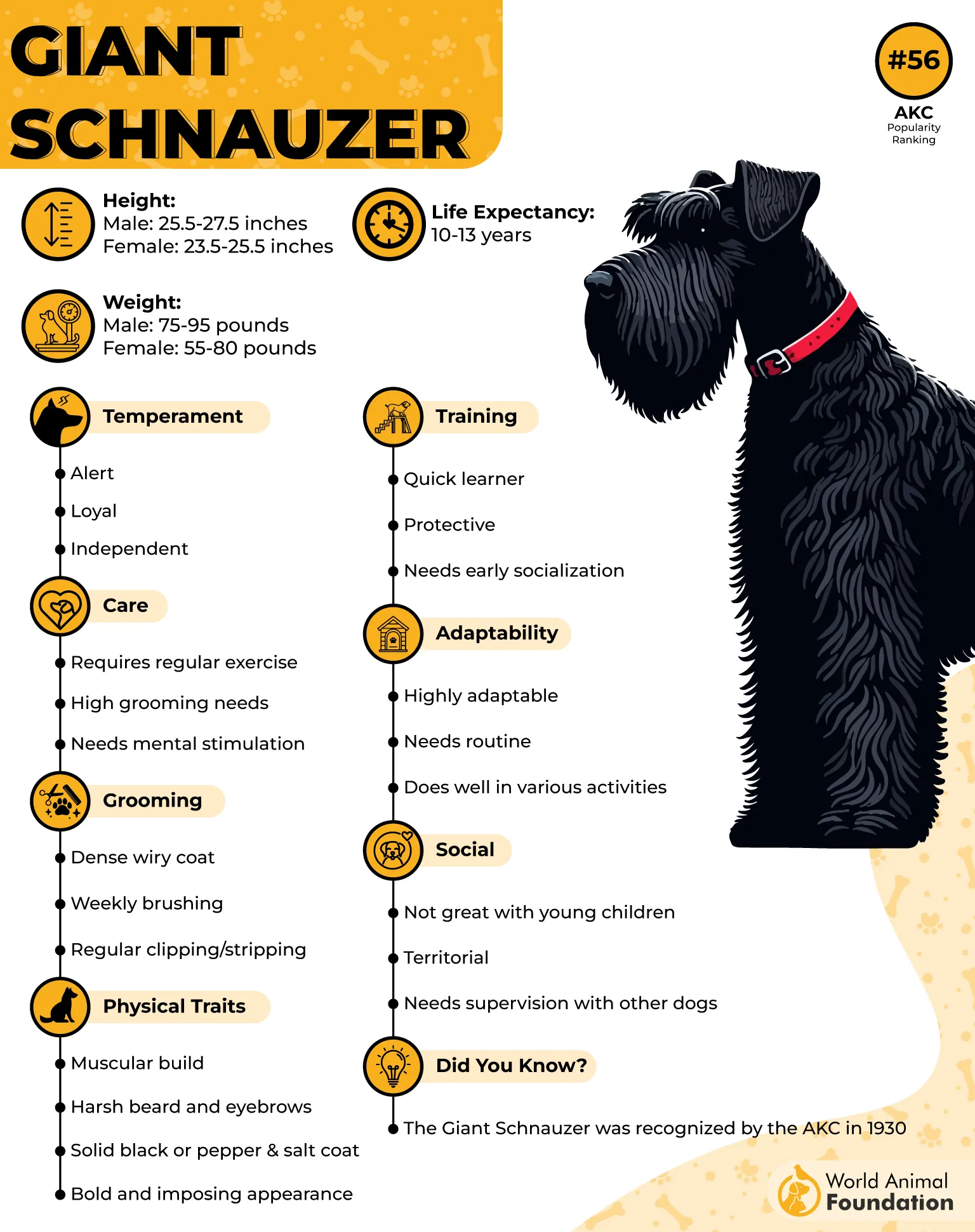
Bred for protection and purpose—never aimless, always alert.
Naturally suspicious of strangers but fiercely loyal to their inner circle.
Thick, wiry double coat and strong frame make them look as tough as they are.
It can be intense, but that intensity becomes a powerful asset when properly directed.
They don’t just bark—they act, often physically stepping between their owner and danger.
8. Great Dane
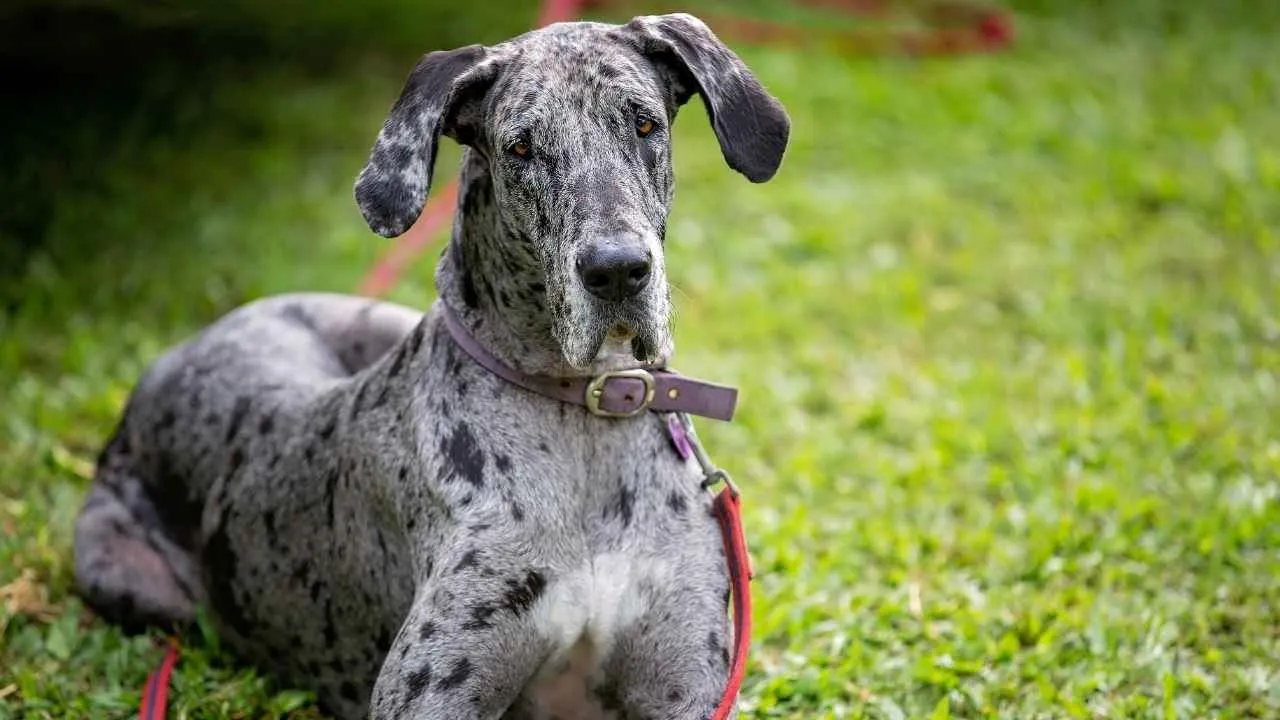
When a Great Dane moves, people notice. And if you’re being threatened or feel unsafe, this towering breed has no problem using that massive frame to carry you out of danger, sometimes literally.
They’re not just large; they’re aware, protective, and tuned into their people. While they’re famously affectionate at home, they won’t hesitate to step in when they sense something’s off. Their sheer size is often enough to stop a situation before it starts.

Despite their size, they’re relatively low-maintenance inside—just don’t skimp on space.
Thrive in adaptable environments but still need daily exercise to stay healthy and balanced.
Surprisingly graceful in agility, obedience, and tracking activities.
Build strong emotional bonds and will put themselves on the line if you’re ever in danger.
9. Akita
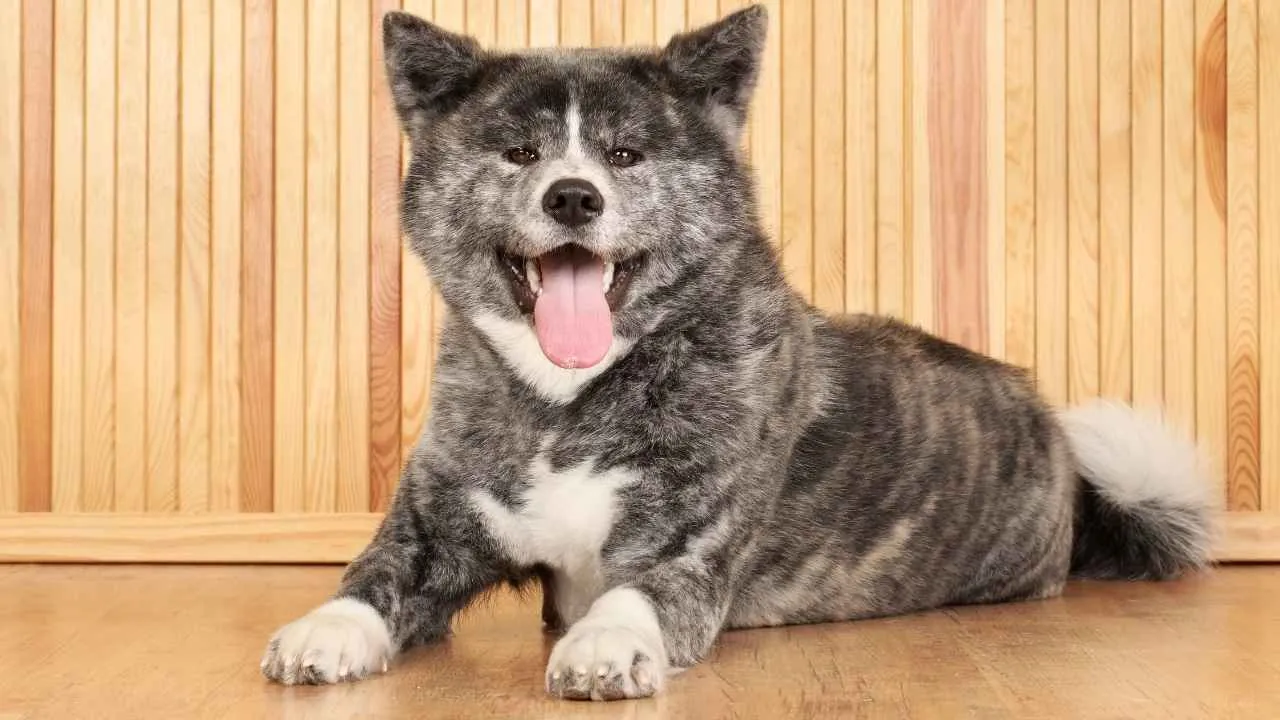
The Akita doesn’t bark without reason. But when they do move, especially to pull you away from a threat, you should pay attention—because they’ve already read the room.
With deep roots in Japanese history, Akitas are more than just stoic guardians. According to PetMD, they’re dignified, powerful, and fiercely loyal.
Once bonded with their humans, they take on a silent protector role, constantly alert to shifts in tone, movement, or unfamiliar presence. Their protective instinct isn’t loud—it’s calculated.
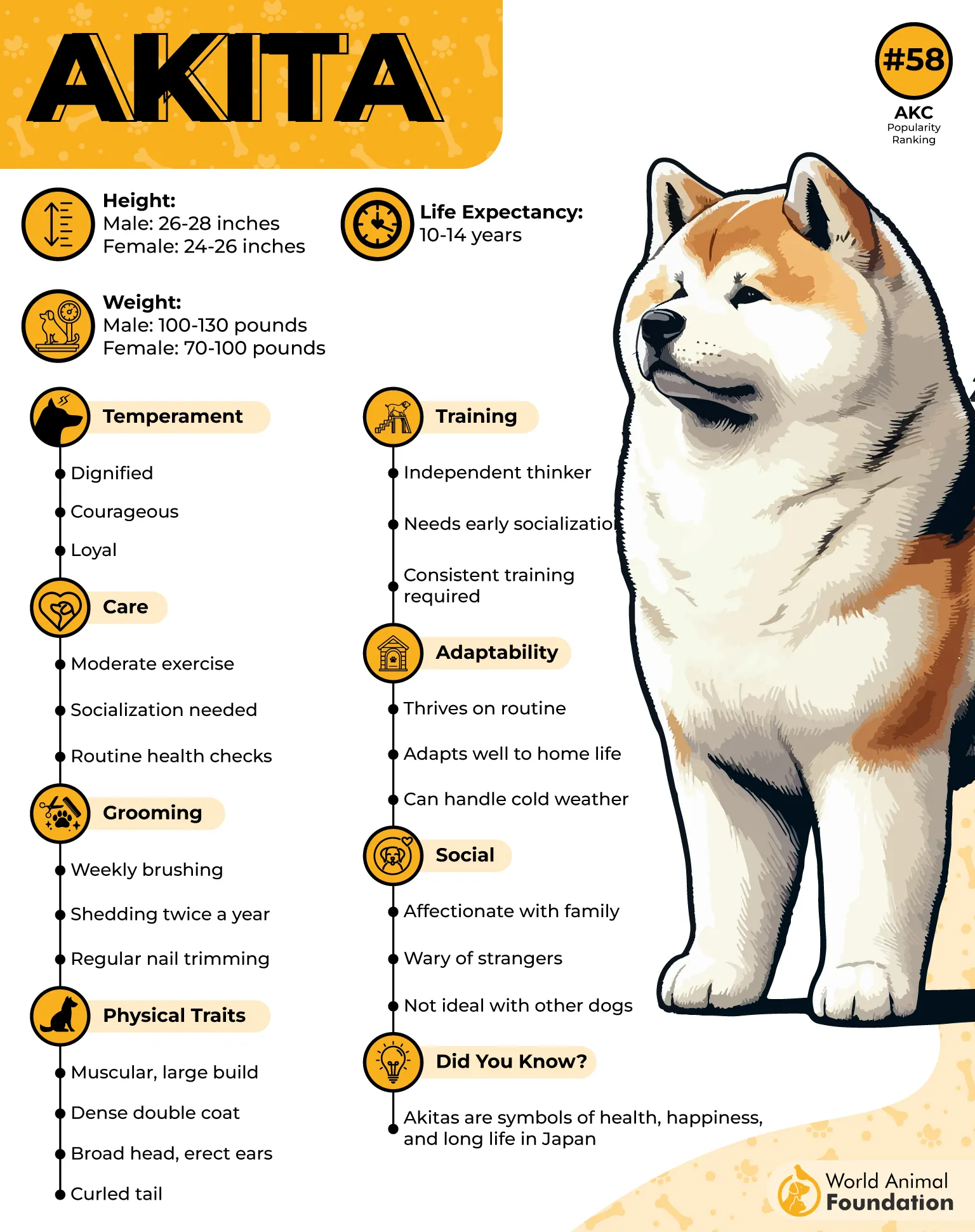
Thick double coat, broad head, upright ears, and that signature curled tail—impossible to mistake.
Useful for snowy terrain and cold climates, which is part of their legacy.
They’re clean freaks. You’ll often see them grooming like a cat.
Conclusion
When it comes to staying safe—whether you’re out hiking, walking through your neighborhood, or just relaxing at home—many dogs have the instincts to step in when you’re scared, feel threatened, or are even being attacked. But certain breeds take it a step further. These are the smart, loyal, and often stubborn protectors that don’t just bark—they pull you away from danger.
Large dogs are built for this kind of work. Their strength lets them physically intervene, but it’s their deep bond with their humans that drives them to act. Many need early training, structure, and socialization to live peacefully with other animals. But for the right owner, the payoff is huge: a companion that thinks fast, moves faster, and puts your safety above everything.


